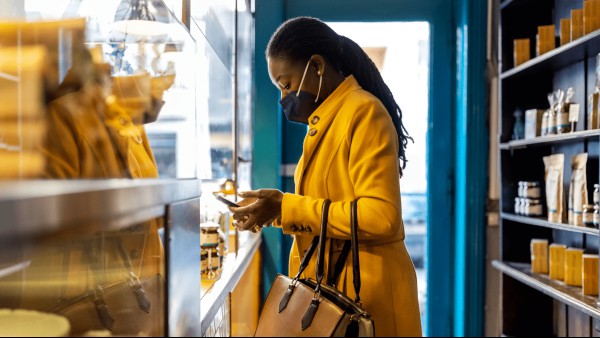Stories of finding hope in a foreign land, of cardboard suitcases and the scent of yellowing documents — most Italians have at least one relative who emigrated to a foreign country or even to another continent, like those who came to the United States in the late 19th and early 20th centuries. After arriving in America and enduring the tough selection process at Ellis Island, these immigrants found themselves wandering the streets of Manhattan, amazed and wide-eyed as they took in the skyscrapers and traffic surrounding them (and all without understanding a single word of the language or the customs of this foreign land). The Italian-American slang we’ve come to know and love would not exist without this initial homecoming.
Little by little, new American words started to become part of their everyday lives, infiltrating their Italian way of life, intermingling with the various Italian regional dialects, and ultimately bringing heart and soul to the streets of Little Italy. Years later, these continue to form an essential part of the Italian stereotype, something that can clearly be seen in famous films such as The Godfather.
Here are just a few examples of commonly used Italian-American slang — all of which are still used today by the children and grandchildren of this first generation of immigrants.
11 Of The Best Examples Of Italian-American Slang
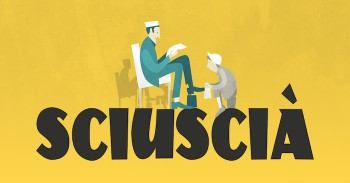
Sciuscià
You may be familiar with the famous Italian film Sciuscià, by Vittorio De Sica, the one that conjures images of a young boy with sad eyes working as a shoe-shiner on the streets of Rome. But are you aware of the origin of the film’s title? Sciuscià is simply the Italianization of the term “shoe shine.”
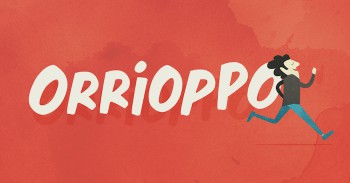
Orrioppo
This strange word, which may seem like the name of some kind of obscure cheese, is actually a derivative of the phrase “Hurry up!” (Sbrigati! in proper Italian). Who knows what the first Italian immigrants would have thought the first time they heard this!
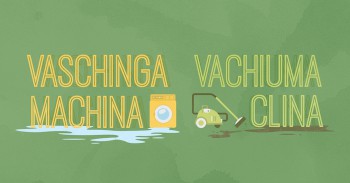
Vascinga mascina/vachiuma clina
No, we’re not talking about characters from a Japanese anime series — despite any similarity between these words and the names of famous fictional figures like Godzilla or Mazinga Z, these words actually refer to household appliances! Clearly, the dear inhabitants of Mulberry Street decided to refer to such objects in their own special ways, often without bothering to check the spelling first. That’s why the typical Italian-American housewife would clean the house with the vachiuma clina (vacuum cleaner, or aspirapolvere in proper Italian), and then use the vascinga mascina (washing machine, or lavatrice) to do the laundry.
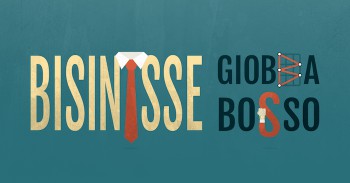
Bisinisse/giobba/bosso
“What am I doing in New York? I started out with a giobba and a bosso, but now I have my very own bisinisse.”
Let’s see if you have any idea what this Italian-American slang might be referring to here. No, it has nothing to do with botany: this person is actually telling his family back in Italy that he got a job (giobba) with a boss (bosso), and now he has managed to start up his own business (or bisinisse).

Goomba
At first glance, this word may seem to refer to some sort of fruit from Latin America. Try saying it out loud a few times: goomba, gumba, gumbà, CUMPÀ! This is the first example of the “anglification” of a word from an Italian dialect, meaning “buddy” or “comrade.” The Yankees probably would have been quite confused by this one!
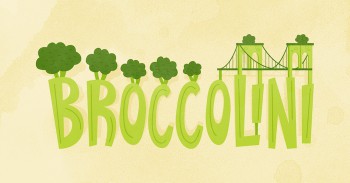
Broccolini
Although Italians are famous across the world for their cuisine, in this case, food has nothing to do with the word. The actual meaning of this “culinary” mispronunciation is none other than one of New York City’s most famous boroughs: Brooklyn! It’s funny to imagine an Italian housewife hearing about the area on the other side of the bridge, and arbitrarily referring to it as a similar-sounding vegetable that she eats every day!
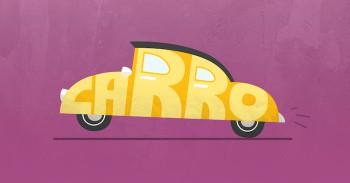
Carro
We know what you’re probably thinking: Isn’t carro the Italian word for “cart” or “wagon?” Well, you’d be right. However, in this case, the Italian-American use of the word carro actually refers to a regular “car” (or automobile in Italian). Imagine the confusion that might arise from an Italian-American going back to Italy, using the word carro, and then not being able to explain why the cars in America are so different from those in Italy!

Wazza mara you?
This is another example of an Italian pronunciation of an English phrase: “What’s the matter with you?” (or rather, Qual è il problema? in Italian). I wonder if our American friends ever wondered who this “Mara” was that all the Italians kept referring to!








